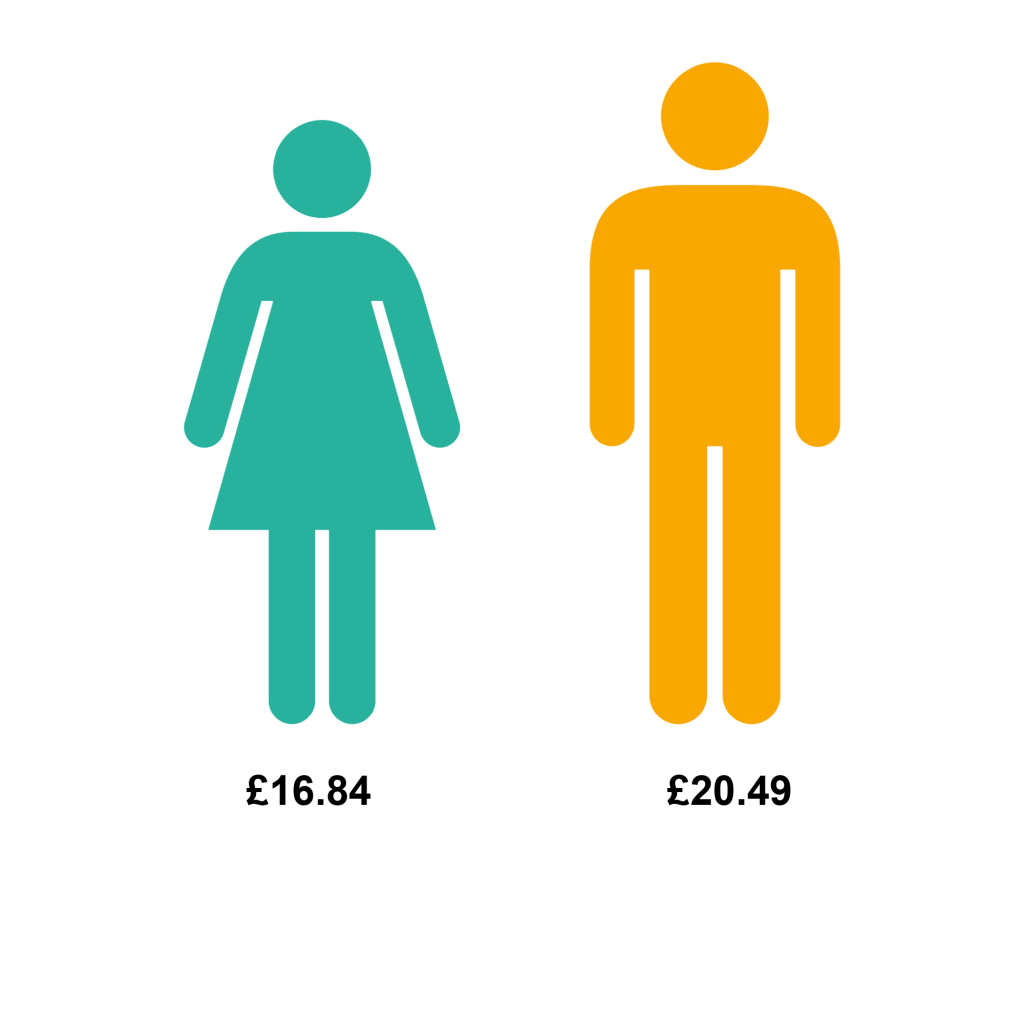Equality Objectives 2018 – 2022 Actions for 2019 – 2022
Creating, developing and supporting a more diverse workforce Gender pay...
Last updated: 30 March 2023
The University of Gloucestershire is committed to advancing equality and
valuing diversity in all of its practices. We are developing a culture that actively: respects and values differences, recognising that staff and
students from different backgrounds, cultures and experiences bring
valuable insight to the university; and that actively combats prejudice,
discrimination and harassment by raising awareness and challenging
attitudes. We continue to create fair and open policies and processes that
encourage and facilitate both staff and students to develop, progress
and achieve their true potential.
“The university is a people-based organisation. Achievement of all our goals depends on the skills, professionalism and engagement of our staff. The highest priority amongst our enablers is therefore to recruit, retain and motivate excellent staff, and to create a working environment in which all staff can achieve their full potential and be part of the transformational purpose of the university.”
This is our second Gender Pay Gap Report, enabling a comparison with last year’s data. While we have seen a number of changes, the duration between the reporting periods is too short to comment on the effectiveness of our actions with any confidence.
Compared to last year’s data, we have seen:
Given the difficulty in assessing impact, the decision was made to continue with the same actions as we identified last year. We have, though, reviewed the action plans of others across the Higher Education sector to benchmark their performance against their actions. The good practice identified has been introduced into our action plan for 2019. We have also looked at the Government publication*, and have incorporated a number of the approaches they identified as ‘effective actions’. These are actions that have been trialled to assess any reductions in the gender pay gap and improve gender equality in organisations.
*Reducing the gender pay gap and improving gender equality in organisations: Evidence-based actions for employers.
We welcome the opportunity to report on our gender pay gap; we are keen to play our role in achieving real gender equality.
Following on from last year, we have now incorporated our gender pay gap action plan within the University Equality and Diversity objectives for
2018-2022. We also continue to undertake Equal Pay Reviews, with the most recent undertaken in 2018.
Our 2018 Equal Pay Review concluded we had a 1.4% (mean) gender pay gap amongst our academic staff, a reduction on the previous review (2016).
While there is no legal definition of what constitutes a pay gap, it is generally accepted that a gap of between 3%-4.9% warrants further investigation, whereas 5% and above is regarded as ‘significant’.
In relation to our professional services staff, the 2018 review highlighted a significant mean gender pay gap. This gap occurred because of a disproportionate number of women in the lower grades, which is consistent with the data in our Gender Pay Gap Report. This trend is reflective of the
Higher Education sector. Despite this pay gap, the 2018 Equal Pay Review highlighted a more even gender balance in senior roles across both academic and professional services. This is an improving picture for the university.
One important point to note is that the gender pay gap is different to equal pay.
For the purpose of this calculation, the university’s workforce was 1,399 with a gender profile 60% female and 40% male.
The mean and median gender pay gap is based on an hourly rate of pay
calculated in accordance with the regulations:


The mean and median bonus gender pay gap and the proportion of men and women receiving a bonus payment:
A very small number of senior leaders receive a bonus. Otherwise, the university does not use bonuses as part of our remuneration framework for
the great majority of staff. Any change therefore has a big impact on our percentage figures. It’s inappropriate to compare year-on-year data in relation to bonuses.
**The workforce profile is based on a snapshot of relevant, full-pay employees as at March 2018. The prescriptive nature of the regulations means that the hourly rates of pay are approximate to our own pay scales.
Here we show the proportion of men and women in each quartile pay band.
Each quartile is calculated by dividing the workforce into four equal parts. For us this equates to 350 employees per quartile.
Mean gap is 0%
Mean gap is 2%
Mean gap is 3%
Mean gap is 3%
As mentioned earlier, we recognise that sustained and purposeful change will take time. The impact of our actions will only be effective in the longer term.
The actions set out below are a continuation of our existing actions, plus the ‘effective actions’ taken from the Government publication Reducing the gender pay gap and improving gender equality in organisations: Evidence-based actions for employers.
We will: